Summary of related usage of inline elements
When the z-index attribute and position attribute are not included, the stacking order of all elements is consistent with the order in which they appear in the HTML document. (Except for the special case of using negative margin to overlap inline elements.) When an element is floated, the floating block element is placed between the non-positioned block element and the positioned block element. In other words, the floating element is displayed in the normal flow. Above descendant block elements, and below descendant inline elements in regular flow. When the position attribute is added to an element, all elements with the position attribute and their sub-elements will be displayed on top of other elements without the position attribute. Z-index is only effective on elements with the position attribute set. The z-index attribute on elements without the position attribute does not take effect. The z-index attribute generates a stacking context. A group of elements with a common parent element that are moved forward or backward together form a stacking context. Each stacking context has a single root element. When a new stacking context is formed on the element, all child elements in the stacking context are limited to a fixed area in the stacking order. A stacking context structure
1. How to use the index attribute? Summarize the usage of index attribute examples

##Introduction: When the z-index attribute and position attribute are not included, all The stacking order of elements is consistent with the order in which they appear in the HTML document. (Except for the special case of using negative margin to overlap inline elements.) When an element is floated, the floating block element is placed between the non-positioned block element and the positioned block element. In other words, the floating element is displayed in the normal flow. Above descendant block elements, and below descendant inline elements in regular flow. When the position attribute is added to an element, all elements with the position attribute and their sub-elements will be displayed in its...
2. 10 recommended articles about block elements
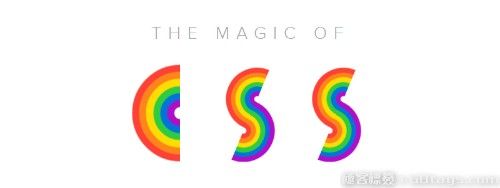
Introduction: When the z-index attribute and position attribute are not included, the stacking order of all elements is The order in which they appear in the HTML document is consistent. (Except for the special case of using negative margin to overlap inline elements.) When an element is floated, the floating block element is placed between the non-positioned block element and the positioned block element. In other words, the floating element is displayed in the normal flow. Above descendant block elements, and below descendant inline elements in regular flow. When an element is added with the position attribute, all elements with the position attribute and its sub-elements will be displayed in its...
3. Summary of definition and usage of floating attribute functions

Introduction: To introduce the float property of CSS, you must first understand the standard document flow standard document flow. Without the intervention of CSS, block-level elements occupy one line. You can set the width and height. In-line elements are displayed side by side, and the width and height are automatically filled.
4. The role and usage of the span tag Summary
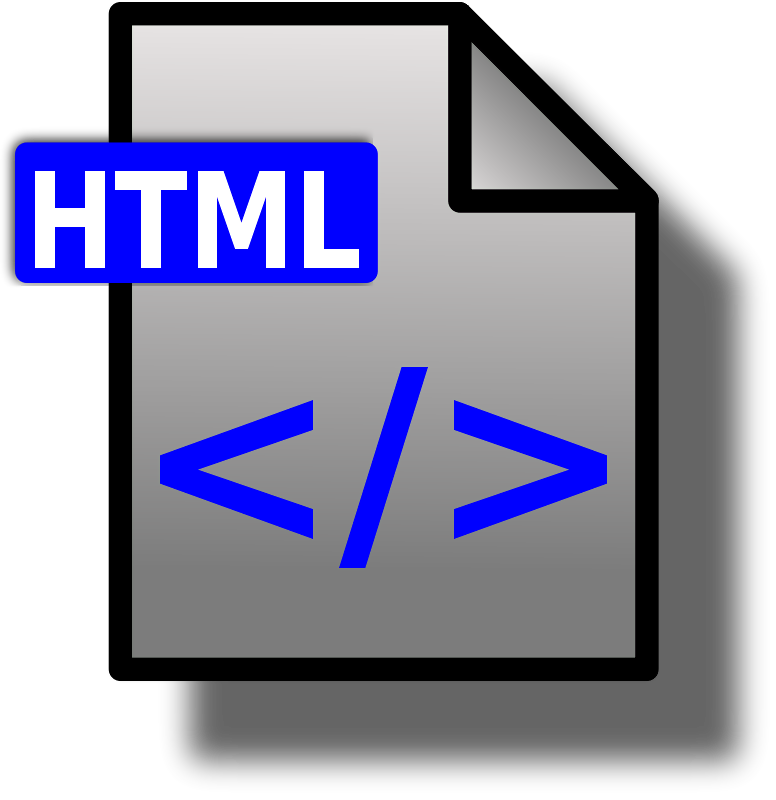
5.
A brief introduction to floating properties in CSS
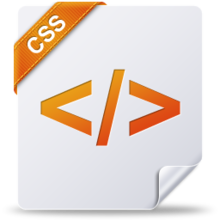 ##Introduction: Without the intervention of CSS, block-level elements occupy one line alone, and the width and height can be set. In-line elements are displayed side by side, and the width and height are automatically filled. The standard document flow (default layout) of an HTML page is: from top to bottom, from left to right, with line breaks when encountering blocks (block-level elements).
##Introduction: Without the intervention of CSS, block-level elements occupy one line alone, and the width and height can be set. In-line elements are displayed side by side, and the width and height are automatically filled. The standard document flow (default layout) of an HTML page is: from top to bottom, from left to right, with line breaks when encountering blocks (block-level elements).
6.
Detailed explanation of examples of line-height and vertical-align properties in css简介:line-height、font-size、vertical-align是设置行内元素布局的关键属性。这三个属性是相互依赖的关系,改变行间距离、设置垂直对齐等都需要它们的通力合作。在CSS字体里面已经详细介绍了font-size的相关内容,本文将主要介绍line-height与vertical-align。 简介:a标签不可以嵌套交互式元素 块级元素可以包含内联元素和某些块级元素,内联元素不能包含块级元素,只能包含内联元素 p标签不能包含块级元素 不可包含块级元素的标签 li标签可以包含div以及ul,ul的子元素应该只有li 元素并排(块级和块级并列,内联和内联并列) 字符实体引发的错误 错误的使用 role 属性 行内元素强制转成块级元素,块级元素强制转成行内元素 使用 disabled=false 页面中同一个ID出现两次及以上 内嵌的
AI-powered app for creating realistic nude photos Online AI tool for removing clothes from photos. Undress images for free AI clothes remover Swap faces in any video effortlessly with our completely free AI face swap tool! Easy-to-use and free code editor Chinese version, very easy to use Powerful PHP integrated development environment Visual web development tools God-level code editing software (SublimeText3)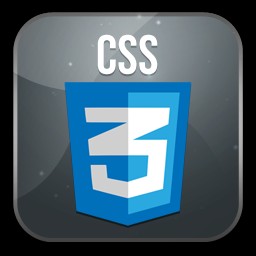
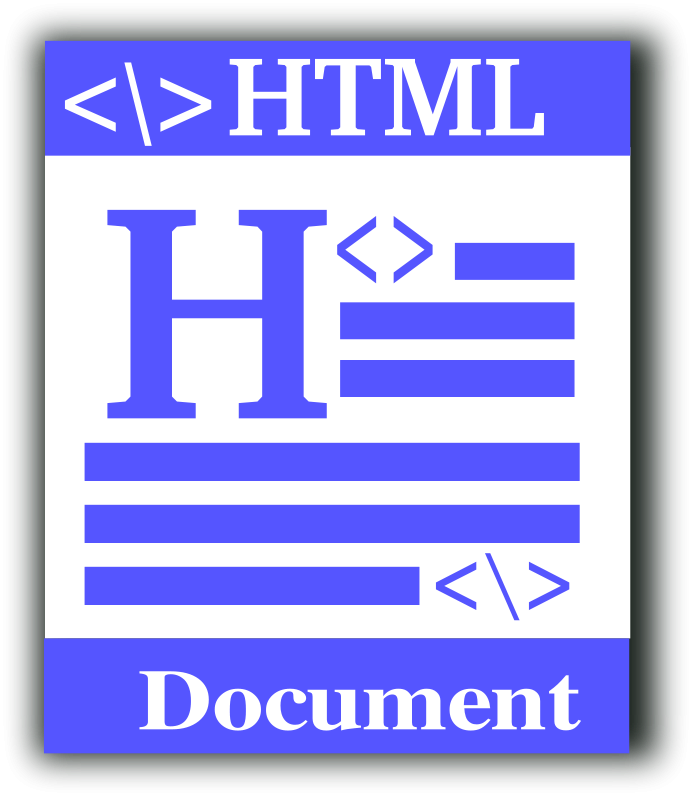

Hot AI Tools

Undresser.AI Undress

AI Clothes Remover

Undress AI Tool

Clothoff.io

Video Face Swap

Hot Article

Hot Tools

Notepad++7.3.1

SublimeText3 Chinese version

Zend Studio 13.0.1

Dreamweaver CS6

SublimeText3 Mac version

Hot Topics
 1664
1664
 14
14
 1423
1423
 52
52
 1317
1317
 25
25
 1268
1268
 29
29
 1246
1246
 24
24
 Understanding HTML, CSS, and JavaScript: A Beginner's Guide
Apr 12, 2025 am 12:02 AM
Understanding HTML, CSS, and JavaScript: A Beginner's Guide
Apr 12, 2025 am 12:02 AM
WebdevelopmentreliesonHTML,CSS,andJavaScript:1)HTMLstructurescontent,2)CSSstylesit,and3)JavaScriptaddsinteractivity,formingthebasisofmodernwebexperiences.
 HTML: The Structure, CSS: The Style, JavaScript: The Behavior
Apr 18, 2025 am 12:09 AM
HTML: The Structure, CSS: The Style, JavaScript: The Behavior
Apr 18, 2025 am 12:09 AM
The roles of HTML, CSS and JavaScript in web development are: 1. HTML defines the web page structure, 2. CSS controls the web page style, and 3. JavaScript adds dynamic behavior. Together, they build the framework, aesthetics and interactivity of modern websites.
 The Future of HTML, CSS, and JavaScript: Web Development Trends
Apr 19, 2025 am 12:02 AM
The Future of HTML, CSS, and JavaScript: Web Development Trends
Apr 19, 2025 am 12:02 AM
The future trends of HTML are semantics and web components, the future trends of CSS are CSS-in-JS and CSSHoudini, and the future trends of JavaScript are WebAssembly and Serverless. 1. HTML semantics improve accessibility and SEO effects, and Web components improve development efficiency, but attention should be paid to browser compatibility. 2. CSS-in-JS enhances style management flexibility but may increase file size. CSSHoudini allows direct operation of CSS rendering. 3.WebAssembly optimizes browser application performance but has a steep learning curve, and Serverless simplifies development but requires optimization of cold start problems.
 The Future of HTML: Evolution and Trends in Web Design
Apr 17, 2025 am 12:12 AM
The Future of HTML: Evolution and Trends in Web Design
Apr 17, 2025 am 12:12 AM
The future of HTML is full of infinite possibilities. 1) New features and standards will include more semantic tags and the popularity of WebComponents. 2) The web design trend will continue to develop towards responsive and accessible design. 3) Performance optimization will improve the user experience through responsive image loading and lazy loading technologies.
 HTML vs. CSS vs. JavaScript: A Comparative Overview
Apr 16, 2025 am 12:04 AM
HTML vs. CSS vs. JavaScript: A Comparative Overview
Apr 16, 2025 am 12:04 AM
The roles of HTML, CSS and JavaScript in web development are: HTML is responsible for content structure, CSS is responsible for style, and JavaScript is responsible for dynamic behavior. 1. HTML defines the web page structure and content through tags to ensure semantics. 2. CSS controls the web page style through selectors and attributes to make it beautiful and easy to read. 3. JavaScript controls web page behavior through scripts to achieve dynamic and interactive functions.
 HTML: Building the Structure of Web Pages
Apr 14, 2025 am 12:14 AM
HTML: Building the Structure of Web Pages
Apr 14, 2025 am 12:14 AM
HTML is the cornerstone of building web page structure. 1. HTML defines the content structure and semantics, and uses, etc. tags. 2. Provide semantic markers, such as, etc., to improve SEO effect. 3. To realize user interaction through tags, pay attention to form verification. 4. Use advanced elements such as, combined with JavaScript to achieve dynamic effects. 5. Common errors include unclosed labels and unquoted attribute values, and verification tools are required. 6. Optimization strategies include reducing HTTP requests, compressing HTML, using semantic tags, etc.
 The Role of HTML: Structuring Web Content
Apr 11, 2025 am 12:12 AM
The Role of HTML: Structuring Web Content
Apr 11, 2025 am 12:12 AM
The role of HTML is to define the structure and content of a web page through tags and attributes. 1. HTML organizes content through tags such as , making it easy to read and understand. 2. Use semantic tags such as, etc. to enhance accessibility and SEO. 3. Optimizing HTML code can improve web page loading speed and user experience.
 HTML: Is It a Programming Language or Something Else?
Apr 15, 2025 am 12:13 AM
HTML: Is It a Programming Language or Something Else?
Apr 15, 2025 am 12:13 AM
HTMLisnotaprogramminglanguage;itisamarkuplanguage.1)HTMLstructuresandformatswebcontentusingtags.2)ItworkswithCSSforstylingandJavaScriptforinteractivity,enhancingwebdevelopment.




